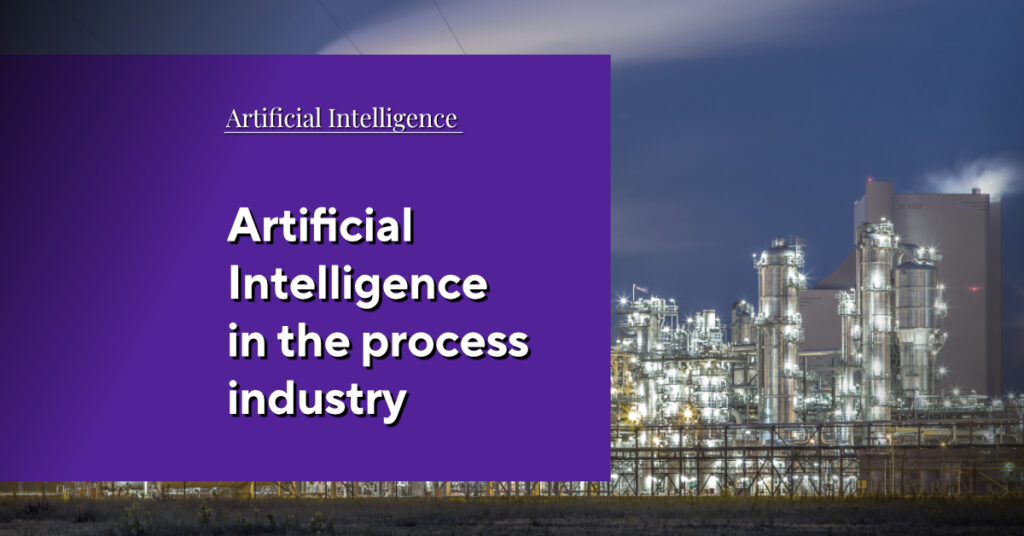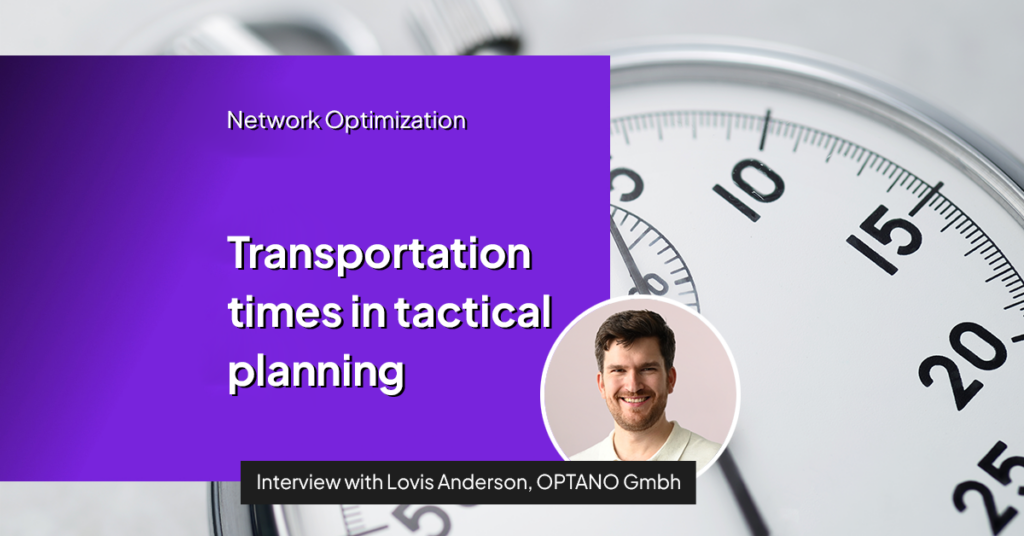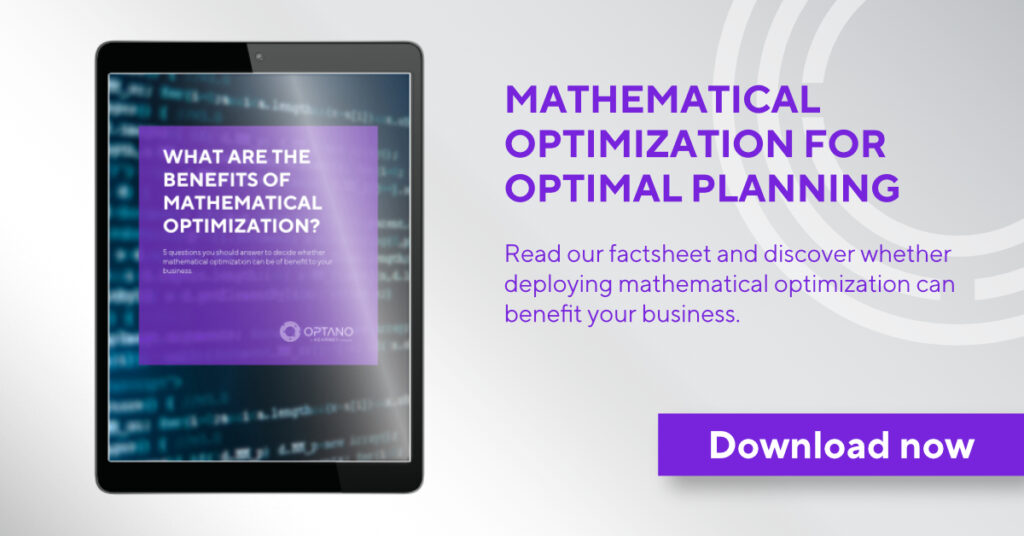Optimization Meets
Modern AI
Mathematical optimization is a powerful tool for significantly and sustainably improving planning processes in companies. In existing systems, it can deliver double-digit efficiency gains without requiring compromises in other areas, such as service levels or sustainability. The downside of such systems, however, is that increasing complexity makes them harder to use, and optimization results are often difficult for humans to fully understand.
To make OPTANO accessible to non-mathematicians and non-OR experts, a team led by our project manager, Dr. Clara Marie Lüders, is working on integrating AI into our powerful planning tool. Today, she gives us a glimpse behind the scenes.
AI is still in its infancy, and yet it has already had a major impact on the working world. Mathematicians tend to take a somewhat more sober view of this hype. What led you to expand OPTANO with AI components?

AI, and in particular LLMs, offer the potential for a completely new type of user interface. Instead of having to think about how to perform a certain task in a program, users can simply describe what they want to achieve, and the AI translates that into the program’s actions.
This opens up a great opportunity, especially for software with many features and complex interfaces.
Optimization and modeling software is naturally complex, since every optimization problem requires modeling reality, which is inherently complicated. LLMs are a natural fit here.
Our goal was to improve the usability of our software to make work more pleasant and efficient for our users.
How does OPTANO currently use AI support?

At the moment, we use AI support in two main areas: input and output.
Every OPTANO product or project is built on an underlying data model that maps complex realities. This model can consist of many tables and entities. For users, it’s not always straightforward to know how to correctly translate something into this data model. Sometimes they need to fill in columns or properties and might be unsure about what exactly belongs there. AI steps in at this point: it takes what the users want to express, translates it, and suggests values. Users can then review, adjust if necessary, and confirm the result.
On the output side, AI helps users find the proverbial needle in the haystack of their data. Often, the results are multifaceted and information-rich, but it can be difficult to know what conclusions to draw or how best to analyze the data. Here, AI is designed to provide an accessible entry point for non-experts while also helping experts work more quickly and efficiently.
What are the advantages compared to traditional planning?

The main advantages are speed and efficiency. With AI support, it’s much easier to adjust data, and multiple scenarios can be created and optimized much faster.
Another major advantage is democratization. Even people without deep expert knowledge can query the data and results and make use of them in their work.
Why is it so important to be able to explain optimization results?

It’s crucial to be able to explain optimization results because important decisions for networks and other complex systems are based on them. If it isn’t clear why a result is optimal or what concrete recommendations for action it provides, then it’s impossible to make well-founded decisions.
AI support is designed to help users exactly with this: it assists them in understanding the results and analyzing the underlying data so that decisions can be made in a way that is clear, fast, and traceable.
What were the biggest hurdles on the way to your current state of work?

One of the biggest hurdles for us was ensuring that the downsides of AI—especially its stochastic and non-deterministic nature, which can lead to so-called hallucinations—would have as little impact as possible, while still guaranteeing data security and safety at all times.
In addition, quality and security require a lot of time and energy to be tested in a meaningful way. Another challenge is that AI cannot be tested like traditional software, which is deterministic. This makes testing more complex and time-consuming.
Integrating AI into the existing software was also not easy. A big thank-you here goes to Bas and Patrick for their support.
More interesting articles
Which feature are you personally most proud of?

That’s a difficult question. We had already integrated AI support once before as part of a student project with the University of Paderborn, and even then we saw some exciting results that made it easier to create data and explain features within OPTANO.
What I find especially great now is how much easier it has become to adjust data, and that users no longer have to worry about minor or unimportant details.
I also think the interpretation and data science support, which can generate interactive charts, is pretty impressive.
What can we expect from OPTANO AI in the future?

In the future, we hope to deliver even cooler and more intuitive software.
Personally, I’m always ambitious about developing human-centered software that’s fun to use and helps users reach their goals as quickly as possible.
Of course, we want to continue expanding the capabilities of AI support, so that larger changes can also be made directly through natural language. Another focus will be on enabling better and faster analyses. I can also imagine allowing users to save queries or prompts that they found particularly useful.
In addition, we want to further improve usability and provide more context about the users themselves, so that the AI has even greater opportunities to “think along” and offer meaningful support.
We would like to thank Dr. Clara Marie Lüders for this interview.






